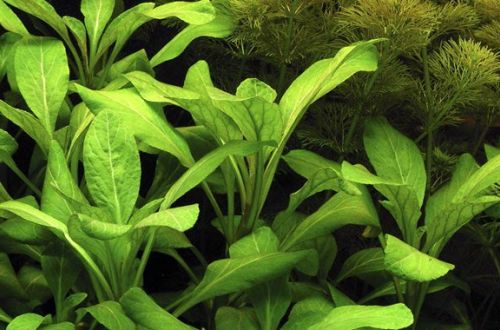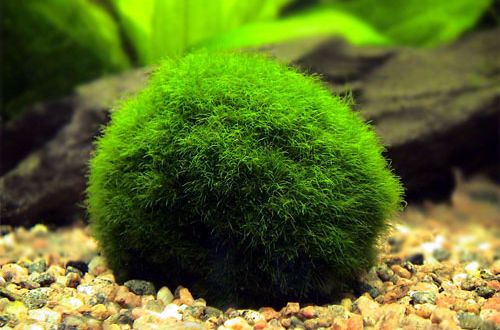
Pemphigus golden
Pemphigus aureus, scientific name Utricularia aurea. In nature, it is widely distributed throughout East and Southeast Asia, as well as Australia. It grows in dense clusters near the surface of the water in stagnant reservoirs (swamps, lakes, ditches, rice fields, etc.).
The plant forms a long thin and rather brittle stem. The leaves are arranged alternately close to each other. The leaf blade is pinnate, needle-shaped, slightly dissected. In bright intense light, it acquires reddish brown hues, otherwise green or yellow-green. In favorable conditions, an arrow 15–25 cm in height is formed, which is crowned with 3–7 yellow flowers.
Pemphigus aureus is a carnivorous plant. In nature, in a nutrient-deficient environment, tiny bubbles (2-4 mm in diameter) appear on the leaves, designed to catch small zooplankton. Bubbles are miniature capsules with a valve at the end. Near the valve are sensitive threads. When plankton swimming nearby touches one of the threads, the valve opens and is instantly sucked into the capsule.
The larger the plant, the larger the bubble and in some cases it can pose a threat to fry.
In aquariums, bubble capsules develop extremely rarely, so the gold pemphigus can be safely among aquarium fish.
Unpretentious, feels great in a wide variety of conditions. When used in aquariums, the only thing you need to pay attention to is regular pruning to prevent overgrowth.





